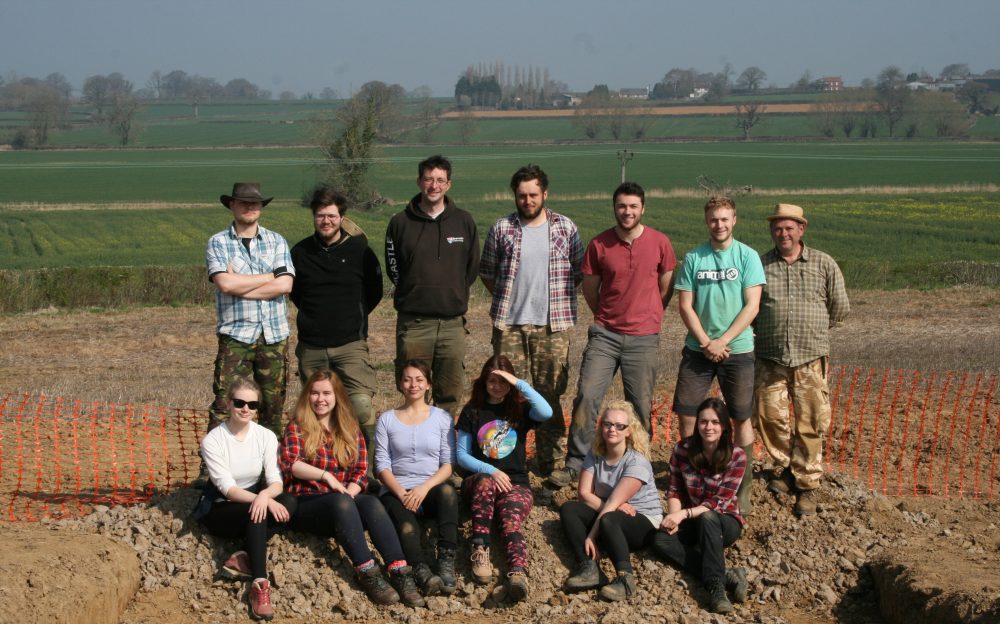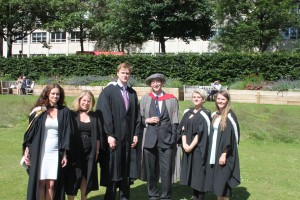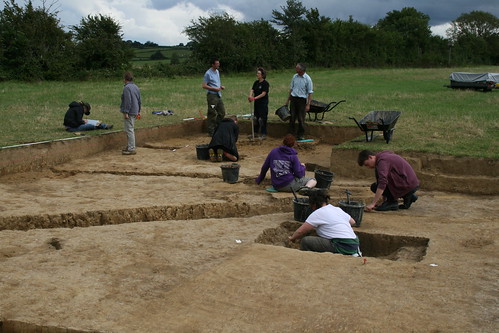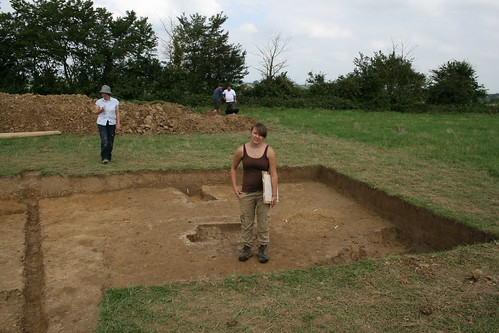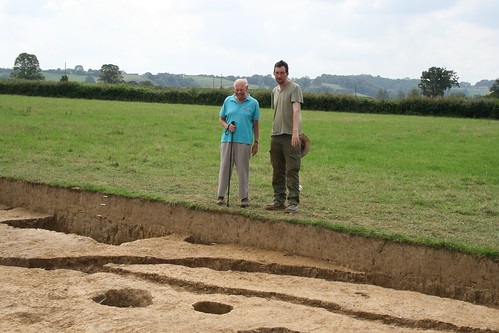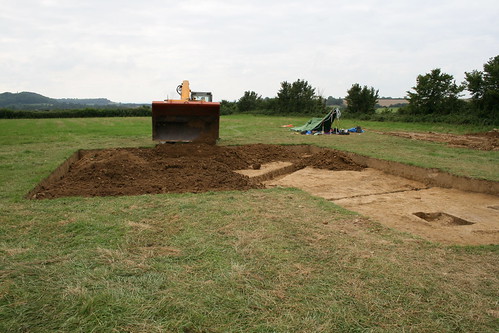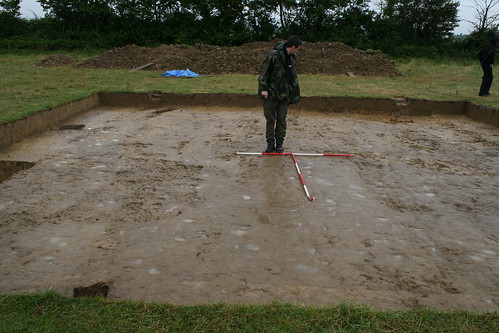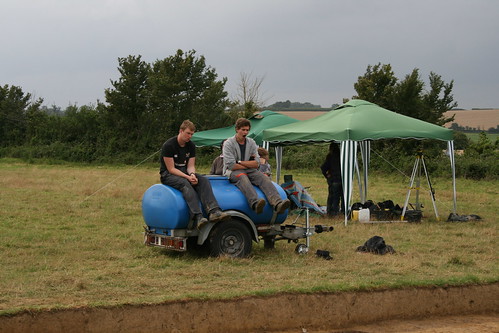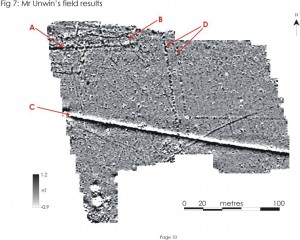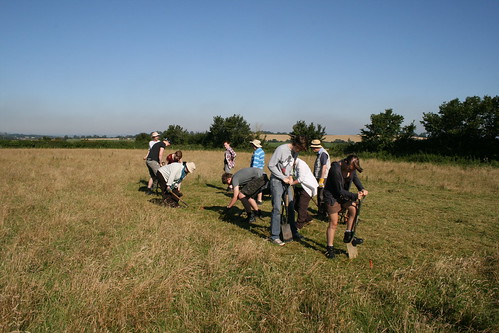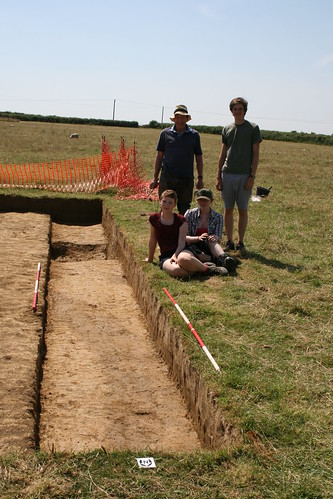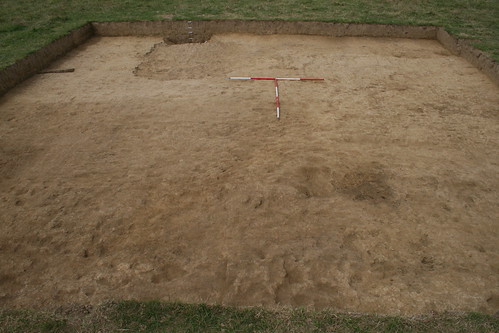There’s been quite a lot going on recently.
In Newcastle James has been busy writing applications to raise funds for next year’s proposed excavation of the villa. Meanwhile Andy and James have also been busy writing the application for Scheduled Monuments Consent – a legal requirement of any excavation of a nationally important monument like the villa.
We’re also very pleased to announce that the Yeovil Archaeological and Local History Society has agreed to make a financial contribution to next year’s excavation! This local archaeological society was set up by Leonard Hayward – the excavator of the villa – and we’re very grateful for their pledge of support.
Our friends in the South Somerset Archaeological Research Group are also busy carrying out some more geophysical survey for the project. This is excellent news and we’re all very pleased and grateful for the SSARG members’ continuing efforts to support the research. Keep an eye on the blog for further updates about this work.
Holly, who dug with us this year, has been busy over the Summer preparing the archives from the previous four season’s of work for deposition in the Somerset Heritage Centre. Holly has been employed on a Newcastle Work Experience bursary funded by the School of History, Classics and Archaeology and the University’s Career Service.
Hayley (a veteran of two season’s digging) has also been carrying out some research for the project as part of a University Vacation Scholarship.
